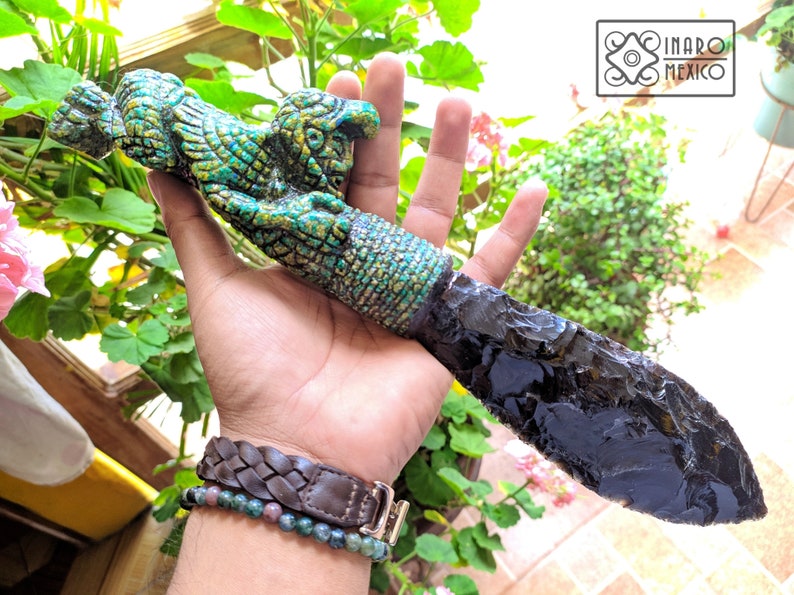

Obsidian - a type of volcanic glass - can produce cutting edges many times finer than even the best steel scalpels.Īt 30 angstroms - a unit of measurement equal to one hundred millionth of a centimeter - an obsidian scalpel can rival diamond in the fineness of its edge. It could even have been a form of emergency surgery for battle wounds.īut while there is still conjecture about the real reasons behind the mysterious procedure, what is known is that the implement often used to carry out the primitive surgery was made from one of the sharpest substances found in nature - obsidian. In Neolithic times trepanation - or drilling a hole into the skull - was thought to be a cure for everything from epilepsy to migraines. (CNN)Ever had a headache so big, you felt like drilling a hole in your head to let the pain out? Wikimedia Commons has media related to Obsidian.Updated 1126 GMT (1826 HKT) April 2, 2015 Annali Sclavo Rivista di Microbiologia e di Immunologia. "A comparison of obsidian and surgical steel scalpe. The Western Journal of Medicine, 136, 265-269 Ancient technology in contemporary surgery. ↑ Obsidian was also used on Rapa Nui ( Easter island) for edged tools such as Mataia and the pupils of the eyes of their Moai (statues).↑ "Perlite - Mineral Deposit Profiles, B.C.Primitive technology: a book of Earth skills. ↑ Obsidian is found in rhyolitic lava flows known as obsidian flows.

Obsidian can also be found in Armenia, Turkey, Italy, Mexico, Iceland, Greece and Scotland. Deposits can be found in many other western US states including Arizona, Colorado, Texas, Utah, Oregon and Idaho. Yellowstone National Park has a mountainside containing obsidian between Mammoth Hot Springs and the Norris Geyser Basin. There are solid obsidian flows in the calderas of Newberry Volcano and Medicine Lake Volcano in the Cascade Range of western North America, and at Inyo Craters east of the Sierra Nevada, California. Obsidian can be found where high silicate eruptions have happened. Modern archaeologists have developed a dating system to calculate the age of obsidian artifacts depending from the content of water in the object. Obsidian cores (unworked lumps) and blades were traded great distances inland from the coast. Obsidian can be identified in Greece as coming from different islands in the Aegean Sea. So archaeologists can trace the origins of a particular artifact. Each volcano and in some cases each volcanic eruption produces a distinguishable type of obsidian. Native American people traded obsidian throughout North America. Called a macuahuitl, the weapon could cause terrible injuries, because it combined the sharp cutting edge of an obsidian blade with the ragged cut of a serrated edge. Mesoamericans also made a type of sword with obsidian blades mounted in a wooden body. It was also polished to create early mirrors. It was worked for tools and decorative objects. Pre-Columbian Mesoamericans used obsidian often. Obsidian was valued in Stone Age cultures because, like flint, it could be chipped to produce hand axes, sharp blades or arrowheads. It may contain patterns of gas which produce effects such as a golden sheen ( sheen obsidian) or a rainbow sheen ( rainbow obsidian). In some stones, small crystals produce a snowflake pattern ( snowflake obsidian). Iron and magnesium typically give the obsidian a dark green to brown to black color. Usually dark, the color varies on the presence of different materials. Obsidian has little water, but takes it in if it sits in groundwater. It breaks down faster when water is present. So, no unaltered obsidian is older than Cretaceous age. Over time, the glass becomes fine-grained crystals. It is metastable: it changes very slowly. It consists mainly of SiO 2 ( silicon dioxide), usually 70% or more. Obsidian is mineral-like, but not crystalline.


 0 kommentar(er)
0 kommentar(er)
